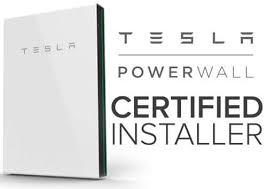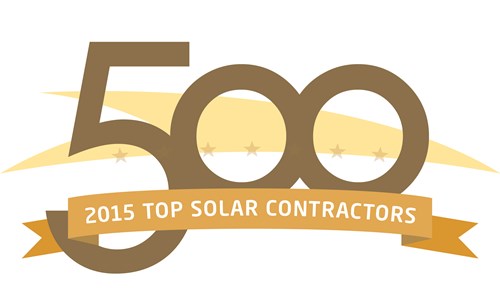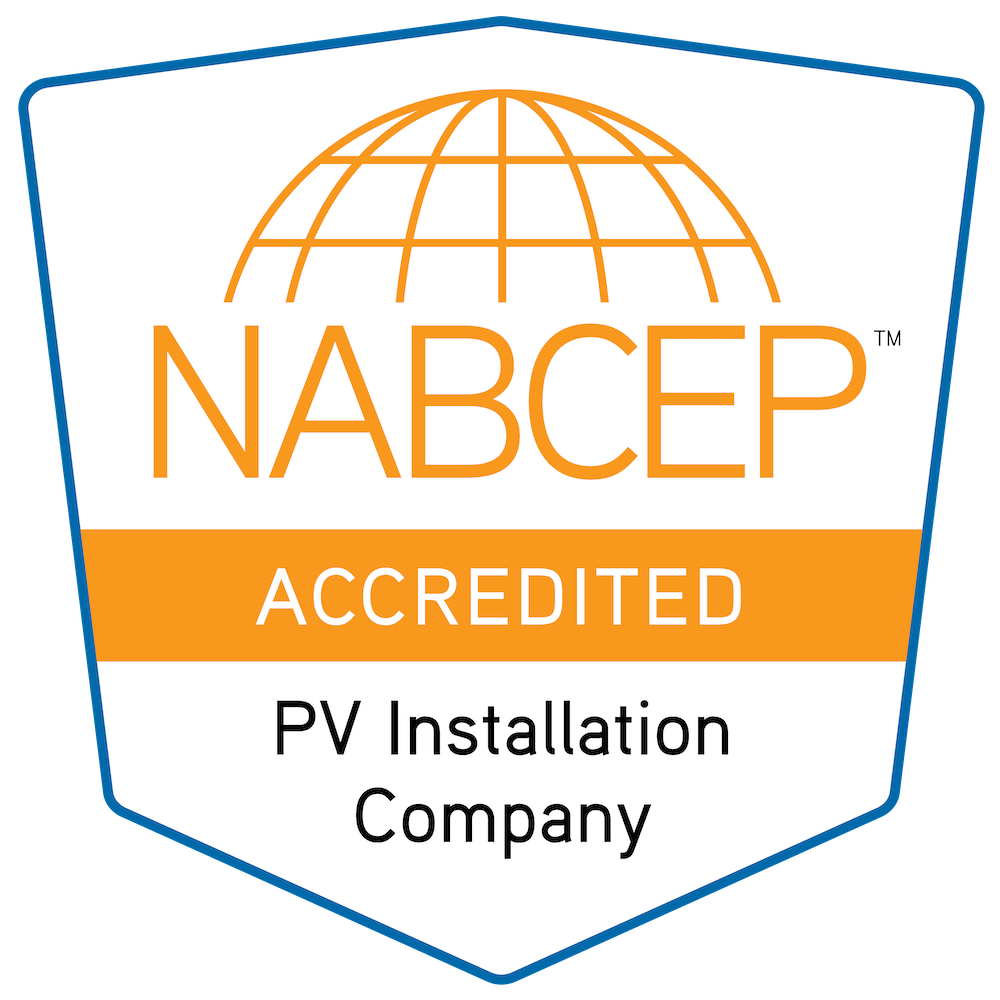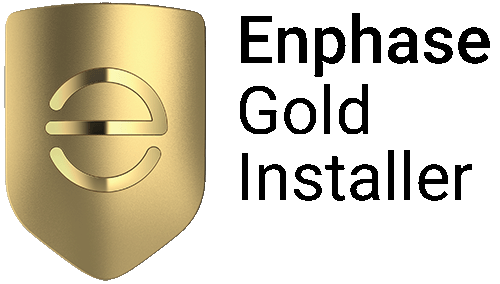Over the past two decades, solar power technologies have grown exponentially in both their share of the energy market in the United States, and in terms of their efficiency and performance in converting sunlight to usable energy.
As solar technologies continue to evolve, the cost of panel manufacturing has also gone down. With greater energy generation potential and a lower cost of installation, the financial benefits of switching to solar have continued to grow for both homeowners and businesses.
Solar power is now viewed not merely as an energy upgrade, but as an investment that promises to pay long-term dividends. Still, homeowners researching their solar power options are eager to know exactly how much this investment can lower their utilities bills, as well as how long it will take to recoup their investment and turn a profit on their solar energy setup.
Read on for answers to common questions about the financial benefits of installing solar panels for your home.
How Much Will a Solar Panel for Your Home Cost?
Although the specific cost of a solar panel installation is unique to every home, installation for a typical home will range between $15,000 and $25,000, before any tax credits are applied.
This cost can go up or down depending on the number of solar panels required for your home, as well as the installation surface. If solar panels need to be outfitted with supports that angle them and orient them for maximum sun exposure, for example, this will cost more than if the solar panels can be installed directly onto your home’s roof.
If you are estimating the cost of a solar panel installation, your electricity bill may offer some insight into your electrical needs and the number of solar panels your home will require. Ultimately, the best way to estimate the cost of installing solar panels for a home is to request a free assessment from a solar installation company.
Are There Tax Breaks if You Buy Solar Panels for Your Home?
When calculating the cost-effectiveness of installing solar panels, the tax credits and grants available to homeowners can have a significant impact on the up-front cost of installation, as well as how quickly you can earn your money back.
Currently, the federal government offers a 26 percent tax credit off of the cost of installing solar panels on your home. Unlike a tax deduction that reduces your total taxable income, this credit is essentially a payment applied to your tax bill. If you spend $20,000 to install solar panels on your home, for example, you will be eligible for a $5,200 tax credit when you file your income taxes, resulting in a net installation cost of $14,800.
Keep in mind that government tax credits are always subject to change. Research the latest information regarding federal tax credits and other state and local credits and grants that can further defray the cost of your solar panels.
How Much Can Solar Panels Save You On Your Energy Bill?
In terms of the energy savings created by installing solar panels, there’s good news for homeowners: a properly installed system could supply most, or even all of your home’s energy needs, depending on your location’s available sunlight and your home energy usage.
A solar panel installer can give you a more accurate estimate of how much power you can get from your solar panels, but it may be helpful for homeowners to calculate a potential range of energy consumption powered by solar energy: Assume that, on the high end, 100 percent of your energy bill will be covered by solar power, and that on the low end you’ll offset your energy expenses by 75 percent.
With this range in mind, you can calculate how much you might be able to save every month.
How to Calculate Your Break-Even Point
Once you know—or are at least able to estimate—how much of your home’s energy can come from solar energy, you can then calculate a breakeven point for your solar panel investment.
Assume, for example, that your average month of energy usage totals about $150, and you expect to generate 100 percent of your home’s energy needs through solar power. This means you will be cutting out $1,800 in annual energy expenses. If you take the after-tax installation cost of $14,800 mentioned above, and divide it by $1,800 in annual energy savings, your home can recoup its solar power investment in a little over eight years.
Around 10 years—give or take a few years—is becoming a reliable forecast for breaking even on solar panel investments. Meanwhile, your home also benefits from increased property value thanks to your solar technology, which means you could reap even more profits when it comes time to sell.
Ready to get some hard numbers estimating the installation cost, energy savings, and long-term value of solar panels for your home? Request a free consultation and quote today.













